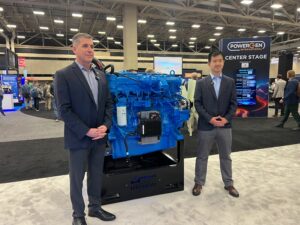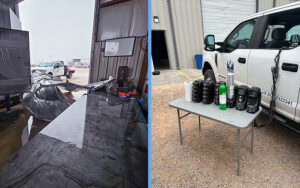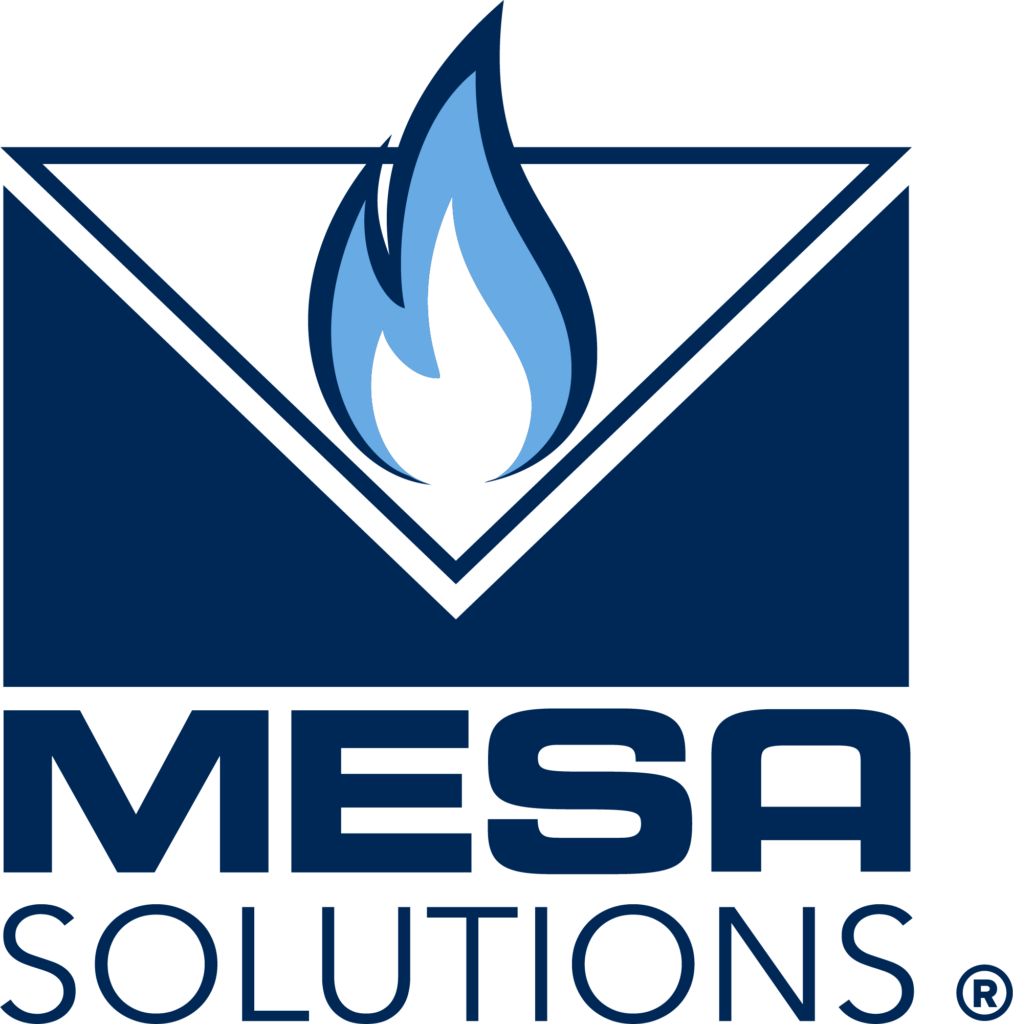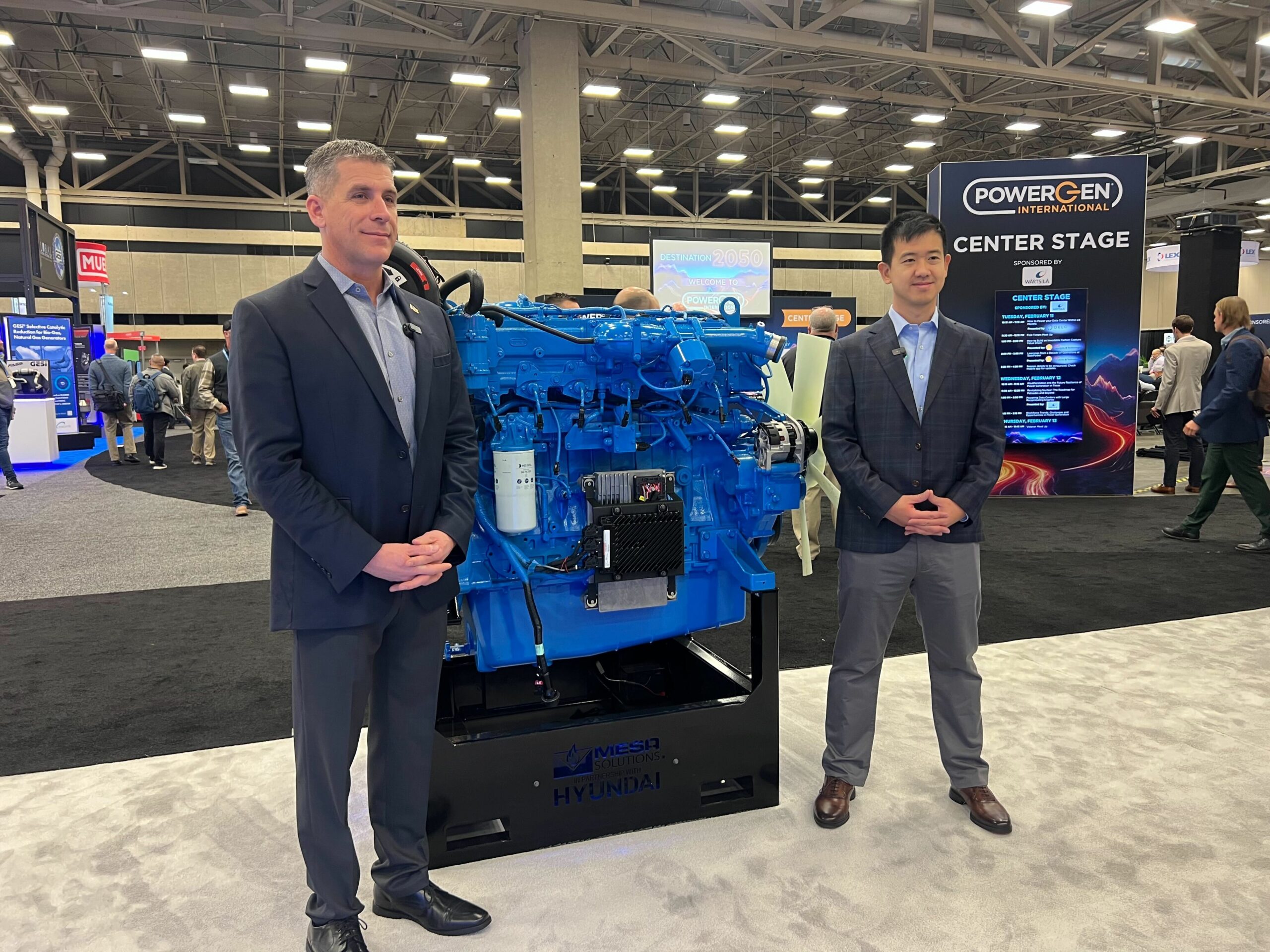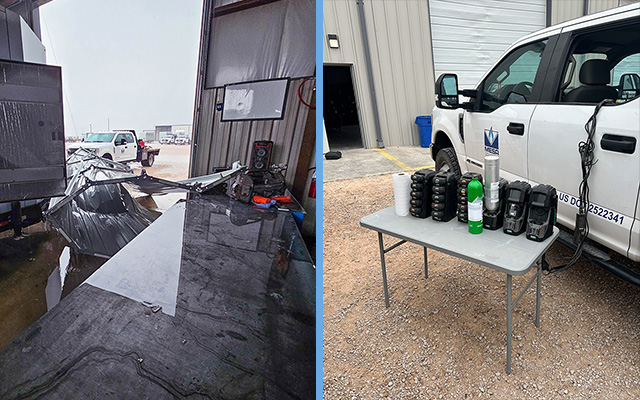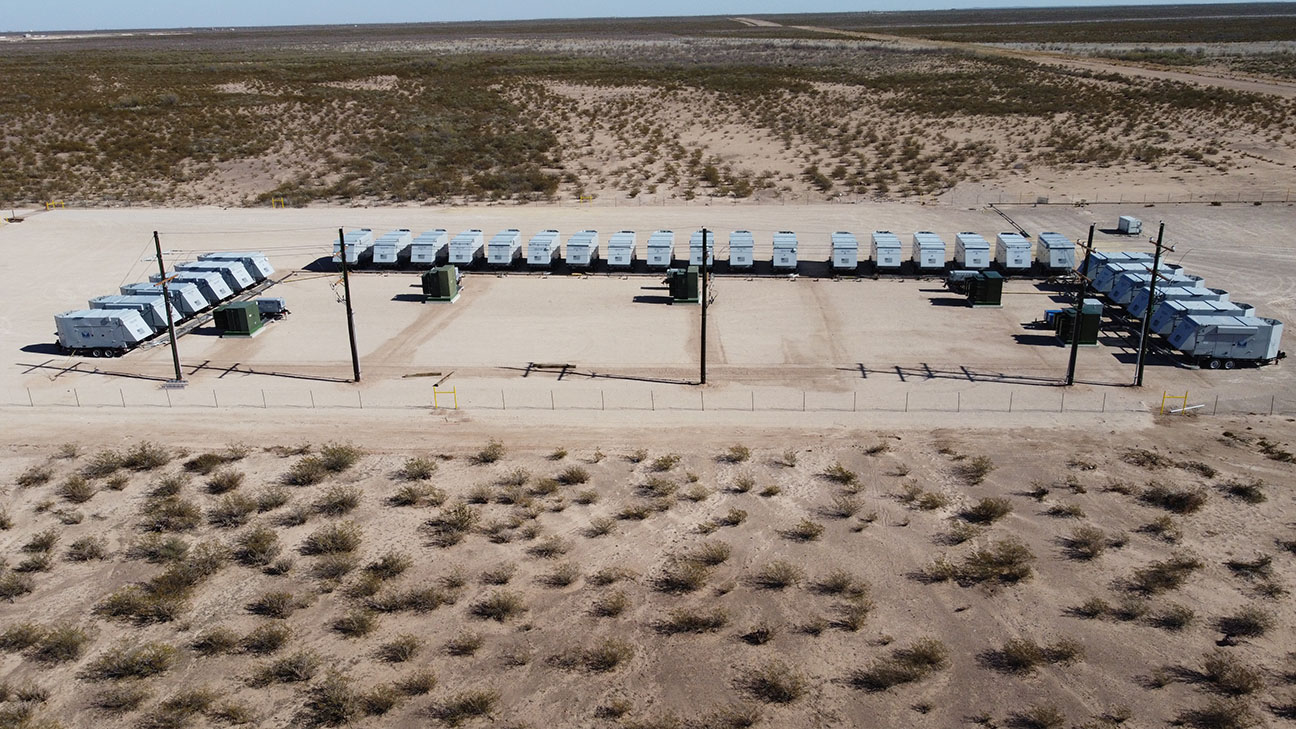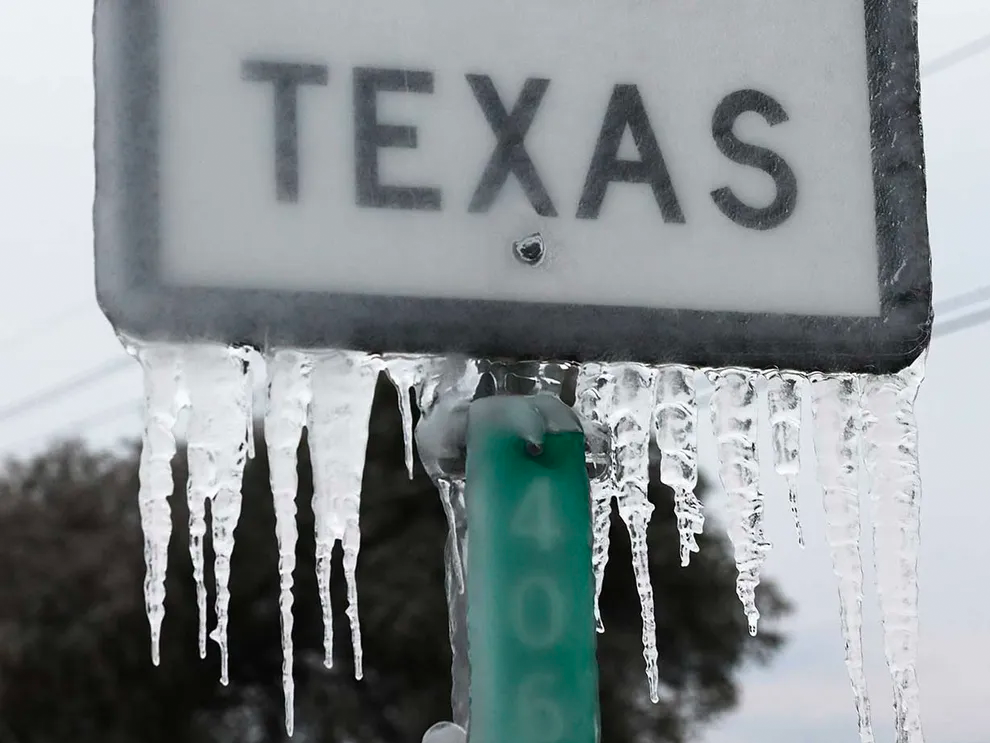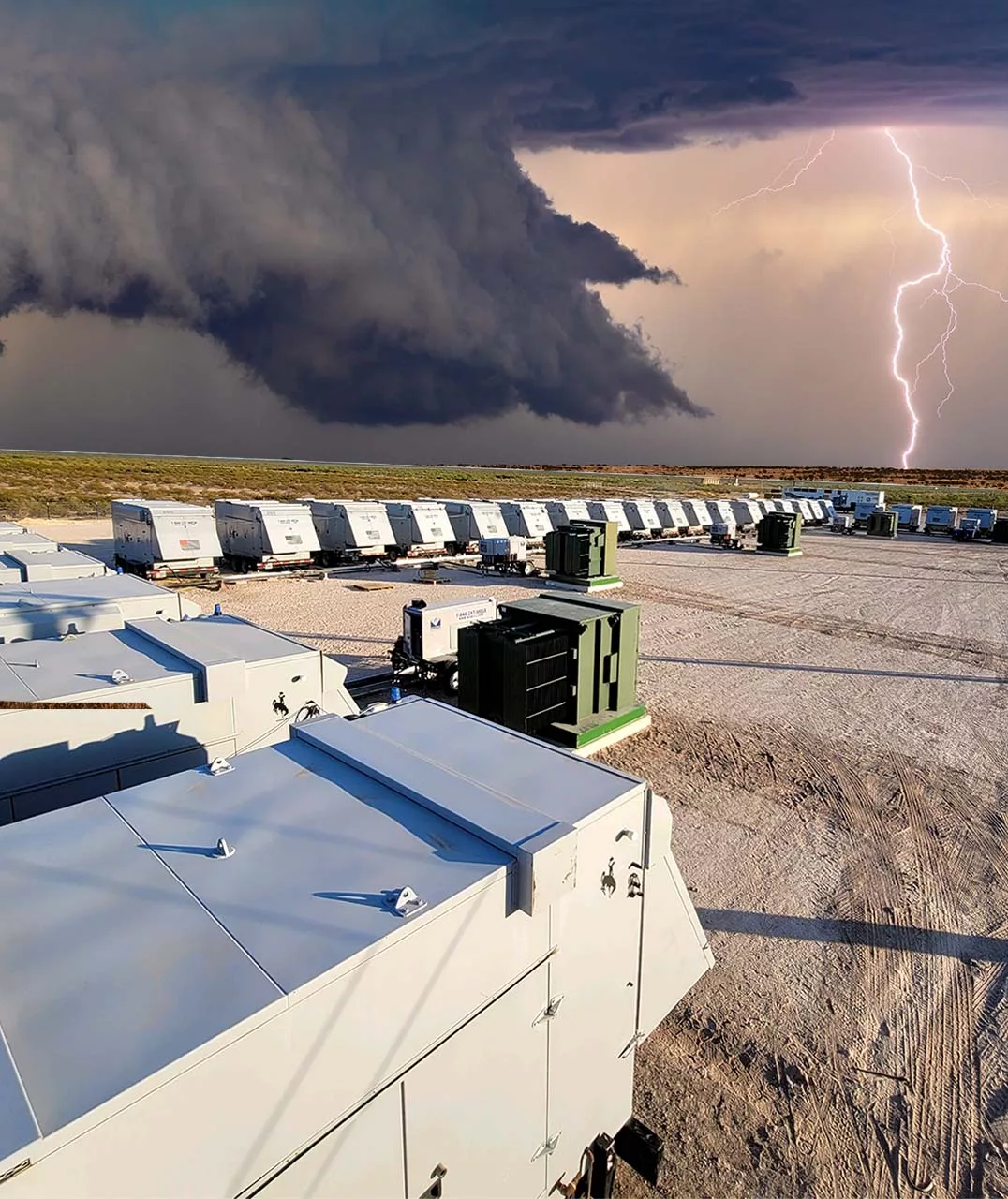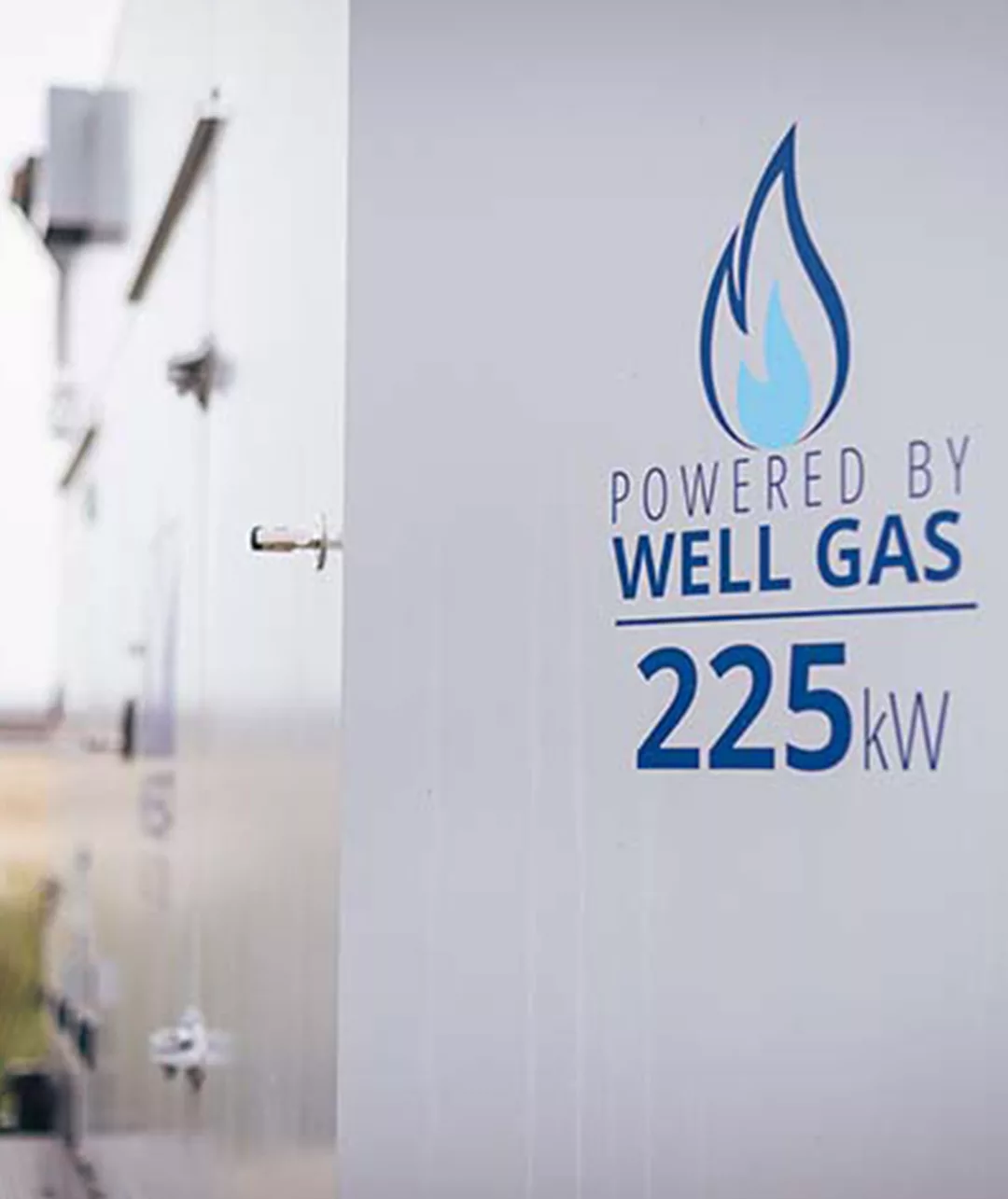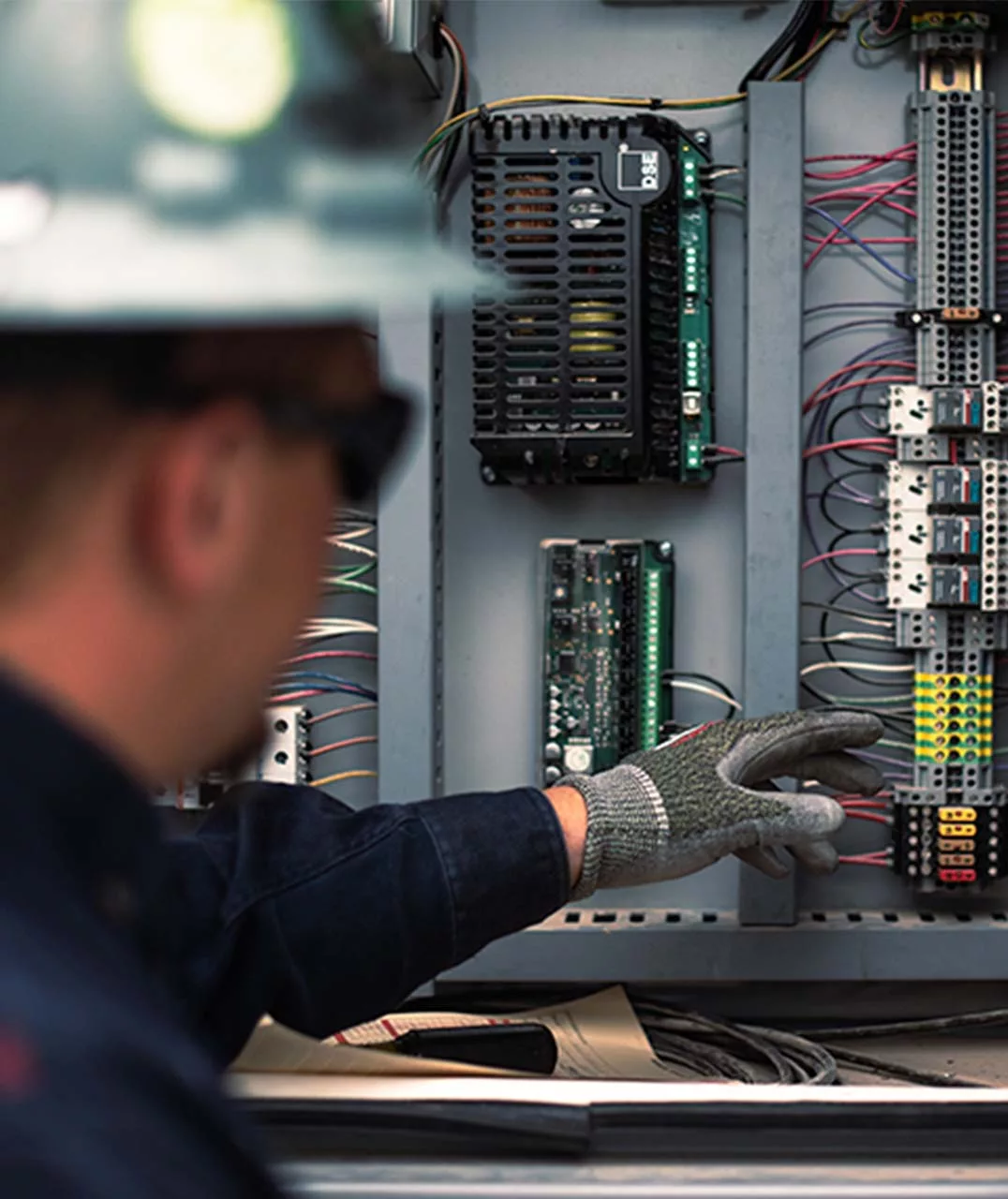In today’s world, resilient standby power is essential for both individuals and businesses alike. Power outages can occur due to various reasons such as natural disasters, accidents, or grid failures, and can cause significant disruptions in our daily lives. Having a reliable standby power system in place can help us mitigate the impact of such events and ensure that essential needs are met. Below, we outline five simple steps that can help you achieve resilient standby power and prepare for the unexpected.
1. Know The Difference Between “Reliability” And “Resilience”
There are varying definitions for reliability and resilience that leave us confused and assuming it all means the same thing. It is important to note that while we want both to be “high,” the two are NOT synonymous. Keep them straight and simple with the following definitions.
HIGH RELIABILITY means your primary source of power is almost always on and usable.
HIGH RESILIENCE means your backup system is available quickly whenever you need it.
In today’s dizzying array of power options, you can decide what level of reliability and resilience makes practical and economic sense for your power requirements.
2. Don’t Plan For A Four-Hour Outage, Plan For A Four-Month Outage
The biggest difficulty in making power requirement decisions is determining if the requirement is life-sustaining critical, a must-have or nice-to-have. It is a subjective discussion that brings a long list of nontechnical (or, at least, nonelectrical) considerations that is only further complicated by the length of your outage. Businesses should ask themselves, “How does the length of an outage impact those life-sustaining and must-have requirements that without, result in personal harm or economic loss”?
or a commercial or industrial operation:
A four-hour outage might mean, “Nobody open the freezers!” or it might mean, “Well, there’s another pump we are going to have to replace.”
A four-day outage might mean, “Everybody is off this week,” or it might mean, “We’re going to lose our three best customers over this.”
A four-month outage (think regional fires, storms and earthquakes) might mean bankruptcy or deterioration of public health and civil order.
Can your business afford a four-hour outage or four-day outage? Maybe. However, there is a long and growing list of private and public reports encouraging power planners to prepare for sudden outages that last for longer durations. I recommend avoiding any loss and plan for the worst: a four-month outage. Play it safe, avoid the risk and begin to determine what resilient standby solution is right for you.
3. Select The Right Reliable Standby Solution For You
When considering your standby power solution, think “firm” power, think reliable. Whether your power solution is solely on-site generators or a full microgrid with multiple power generating resources, you’ll want a power supply you can rely on. Solar panels alone won’t offer the help you need during a four-day outage coinciding with four cloudy days.
It’s important to consider the architecture of your generators — backup power and prime power. Typically, backup generators are designed to run approximately 200 hours per year — for a week in a continuous run — but products vary. Prime power generators are designed (with proper maintenance) to run continuously for years. In parallel configurations, prime power generators are maintained without loss of the main load power supply.
Lastly, consider the type of fuel for your generator. Natural gas distribution systems are generally extraordinarily reliable and cleaner with proper design, even reliable after earthquakes. Of course, disruptions are possible. A pronounced solution is the on-site storage of propane or compressed natural gas.

4. Take A Statistical Approach To Predicting Uptime
This step may seem complex, but the math is straightforward. If you’ve taken a class in statistics and been presented a problem such as, “out of 10 flipped coins, what is the probability that seven will turn up heads,” you’ll be fine. In fact, modern spreadsheet software will do the work for you.
The modern approach to statistical reliability came from the testing and development of rockets during World War II and the space race. The engineers continued to discover that no matter how much they improved the quality of individual control components in a series string of critical components, the overall reliability of the system did not improve to satisfactory levels. So, rather than spending the time and money to improve the quality of individual series components, the engineers placed normal components redundantly in parallel. Suddenly, the overall system reliability increased drastically.
Using the same approach for generators in parallel, suppose a load requires four generators of known individual reliability. If five (n+1) generators are used, the question becomes “What is the probability that four of the five generators will be running at any point in time?”
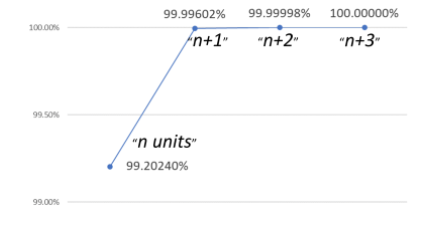
Using this approach and a few more slight calculations, you can assess the predicted reliability of your overall power supply (the reliability of your primary power source combined in consideration with the reliability of your resiliency solution). Now it’s possible to make reasonable calculations of related economics. In the case of utility service being the primary source, reliability figures can be based on site-specific experience or circuit reliability data provided by the utility. For individual generators, vendors may be able to provide unit reliability data. (Steer away from vendors that can’t.)
(For those who want to jump feet first into this, an excellent resource is “Engineering Reliability: Fundamentals and Applications,” by R. Ramakumar, Prentice-Hall, 1993.)
5. Select The Project Economic Plan That Works For Your Business
Selecting the project economic plan can be somewhat of an iterative process, but once the power requirement is assessed and the reliability/resilience solution is notionally selected, the next step is a source of funding.
For the right project, funding is almost always available. When designed with the above aspects in mind, “the right project” is one that has been thoughtfully considered. Some businesses may be inclined to spend internal capital on reliability/resiliency projects. However, many other capital lease or energy-as-a-service (EaaS) funding avenues are available for businesses who prefer to have no upfront expenses to their organization.

